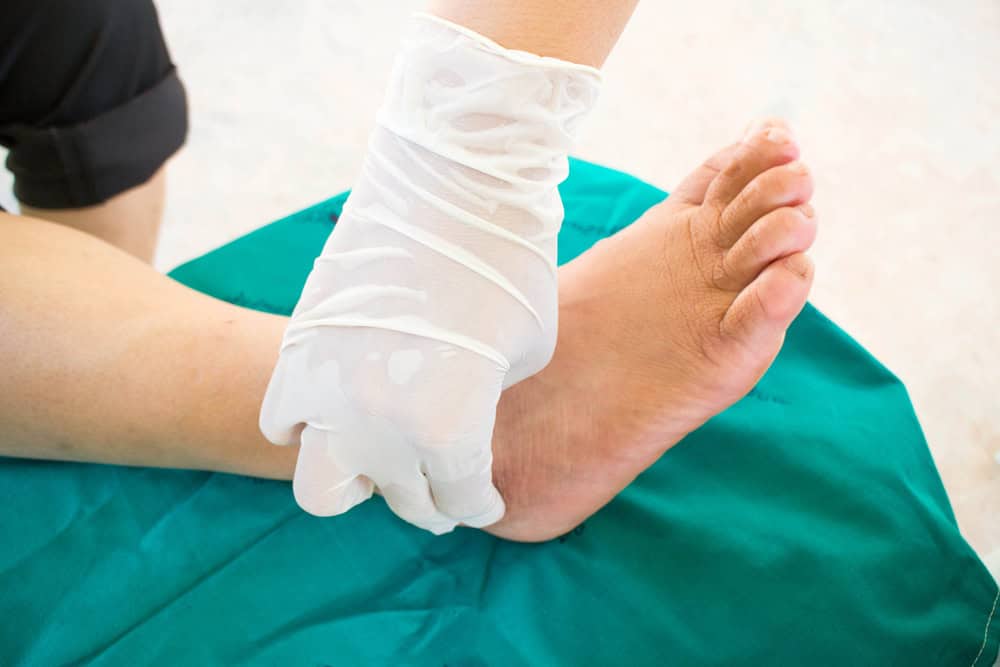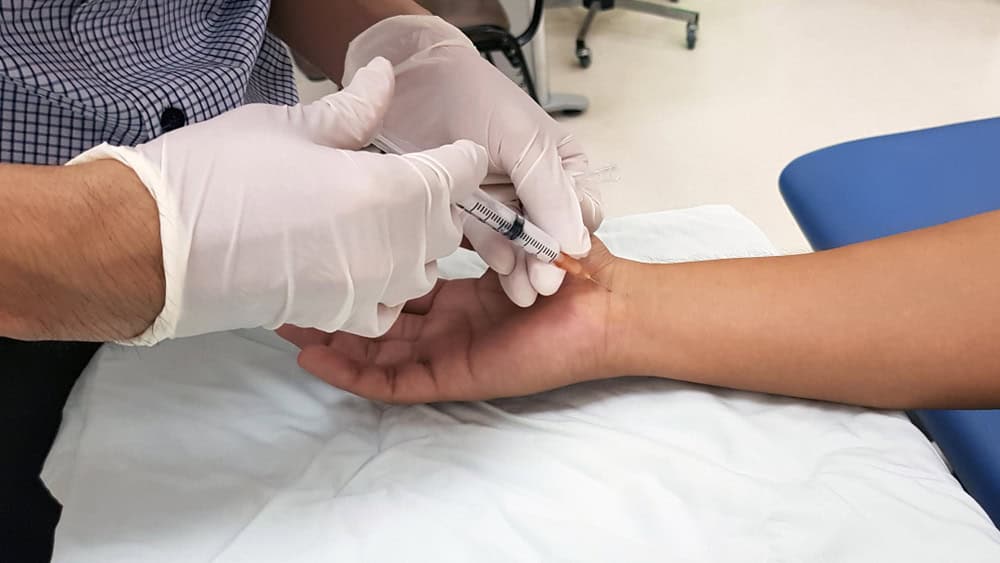Are you living with chronic nerve pain? Our neuropathy doctor in Manhattan, NY offers treatments that help reduce pain and improve mobility. Get the relief you deserve with specialized care.

Reviews

At NY Spine Medicine, we specialize in neuropathy treatment for individuals who are suffering from chronic nerve pain and peripheral neuropathy in New York City. Our neuropathy specialists use cutting-edge techniques to diagnose and manage nerve damage, improving the quality of life for our patients.
Advanced tools, like EMG tests and nerve conduction studies, allow us to create treatment plans that address nerve pain, numbness, and weakness. With options like physical therapy, nerve stimulation, and medication, we help patients regain comfort and mobility. Find lasting relief with our Manhattan, NY neuropathy doctor today!


Ready to get started?
Nerve pain shouldn’t dictate your daily life. That’s why at NY Spine Medicine, our neuropathy doctor in Manhattan, NY focuses on treatments designed to address chronic nerve pain and peripheral neuropathy at the source. We go beyond temporary relief, offering targeted therapies that promote long-term improvement.
From nerve damage treatment to innovative neuropathy therapies, we create custom strategies to restore function and reduce pain. Our goal is to help New York City residents regain strength, mobility, and confidence in their daily routines. Start your journey toward lasting relief-schedule a consultation with our team today.

Manhattan was historically part of the Lenapehoking territory inhabited by the Munsee, Lenape, and Wappinger tribes. There were several Lenape settlements in the area including Sapohanikan, Nechtanc, and Konaande Kongh, which were interconnected by a series of trails. The primary trail on the island, which would later become Broadway, ran from what is now Inwood in the north to Battery Park in the south. There were various sites for fishing and planting established by the Lenape throughout Manhattan. The name Manhattan originated from the Lenape’s language, Munsee, manaháhtaan (where manah- means “gather”, -aht- means “bow”, and -aan is an abstract element used to form verb stems). The Lenape word has been translated as “the place where we get bows” or “place for gathering the (wood to make) bows”. According to a Munsee tradition recorded by Albert Seqaqkind Anthony in the 19th century, the island was named so for a grove of hickory trees at its southern end that was considered ideal for the making of bows.
| History of New York City |
|---|
| Lenape and New Netherland, to 1664New AmsterdamBritish and Revolution, 1665-1783Federal and early American, 1784-1854Tammany and Consolidation, 1855-1897(Civil War, 1861-1865)Early 20th century, 1898-1945Post-World War II, 1946-1977Modern and post-9/11, 1978-present |
| See also |
| TransportationTimelines: NYC • Bronx • Brooklyn • Queens • Staten IslandCategory |
In April 1524, Florentine explorer Giovanni da Verrazzano, sailing in service of Francis I of France, became the first documented European to visit the area that would become New York City. Verrazzano entered the tidal strait now known as The Narrows and named the land around Upper New York Harbor New Angoulême, in reference to the family name of King Francis I; he sailed far enough into the harbor to sight the Hudson River, and he named the Bay of Santa Margarita – what is now Upper New York Bay – after Marguerite de Navarre, the elder sister of the king.
Manhattan was first mapped during a 1609 voyage of Henry Hudson. Hudson came across Manhattan Island and the native people living there, and continued up the river that would later bear his name, the Hudson River. Manhattan was first recorded in writing as Manna-hata, in the logbook of Robert Juet, an officer on the voyage.
Learn more about Manhattan.Local Resources